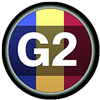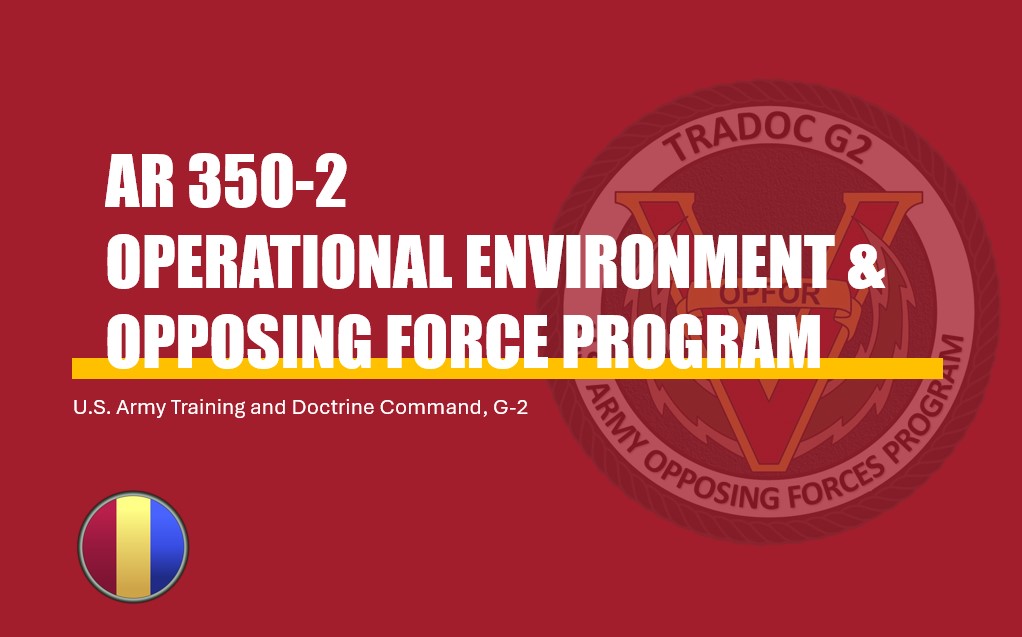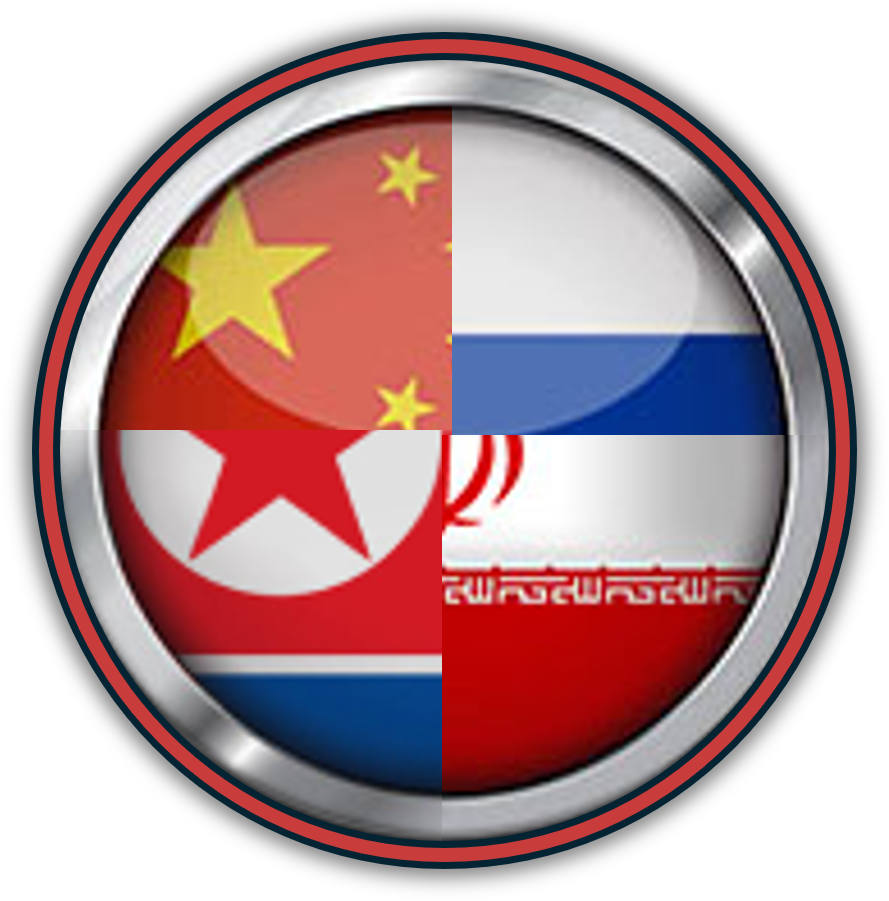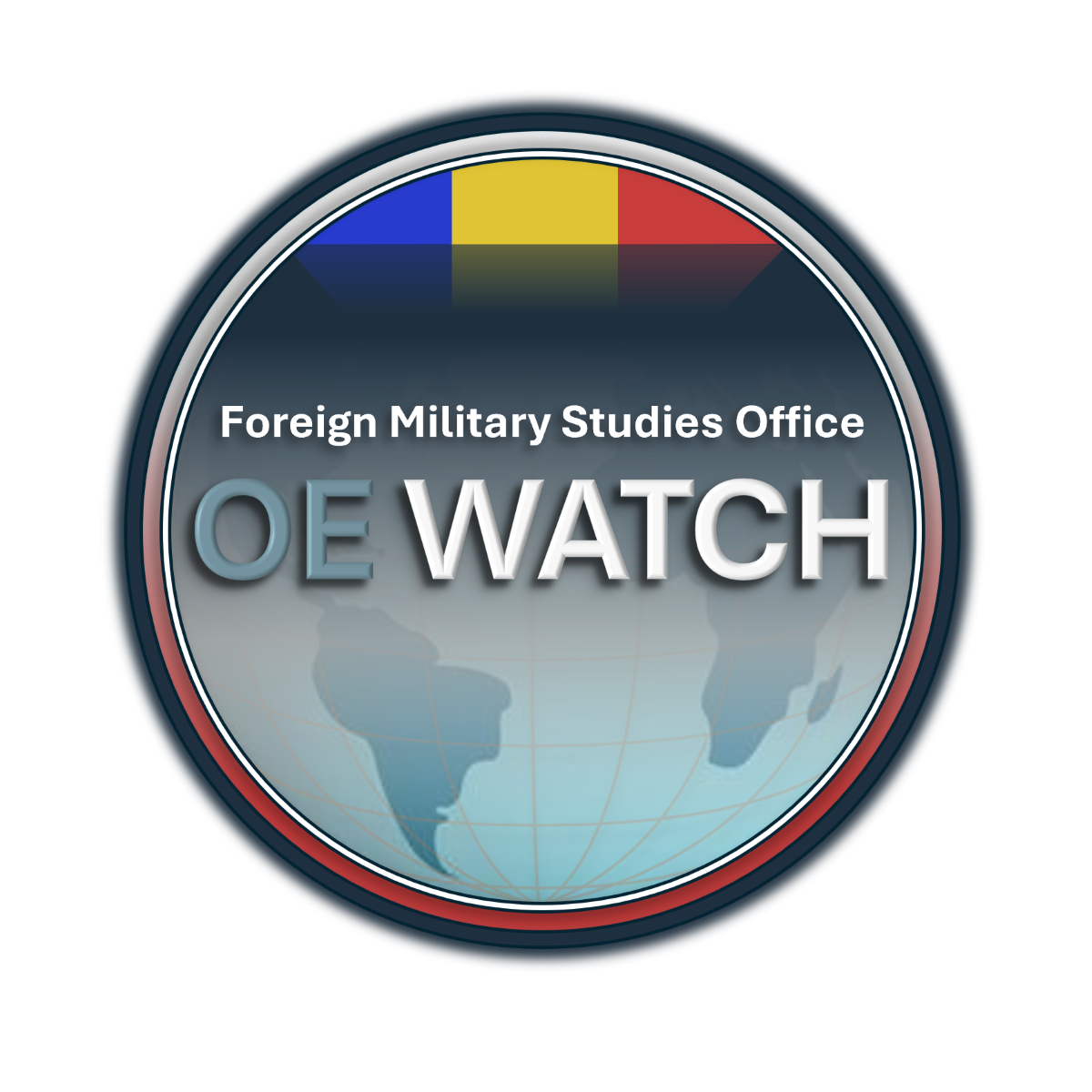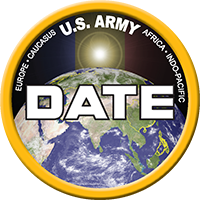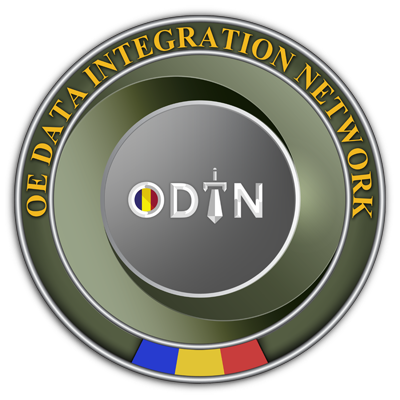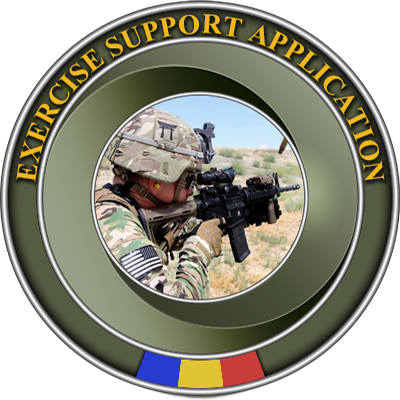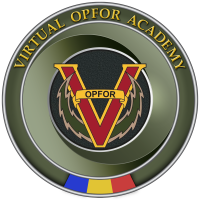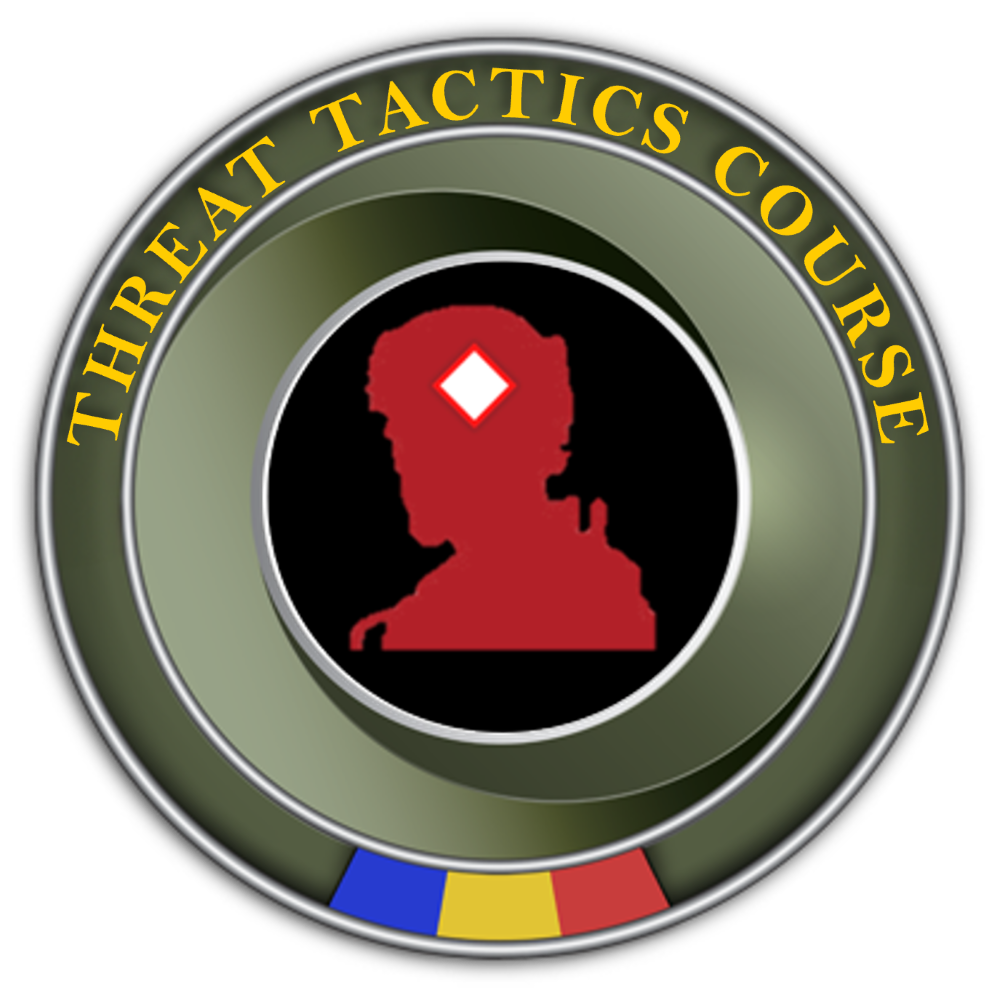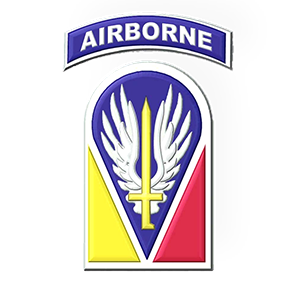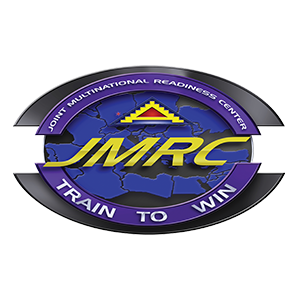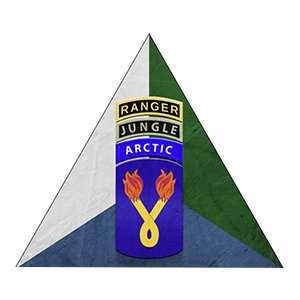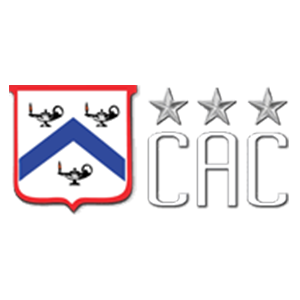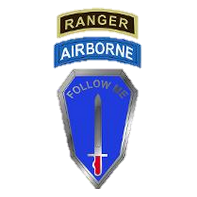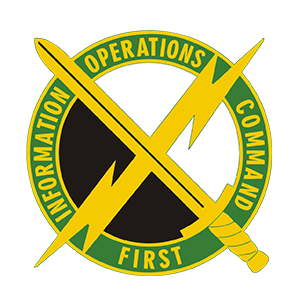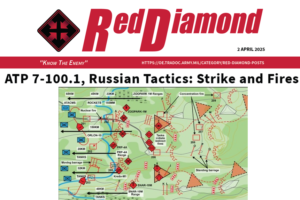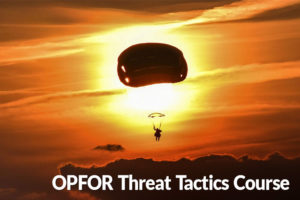OE-OPFOR
OPERATIONAL
ENVIRONMENT &
OPPOSING FORCE Program
WHAT IS THE OE-OPFOR PROGRAM?
The TRADOC G-2 OE-OPFOR Program is intended to provide commanders with a relevant and realistic training environment that produces combat-like conditions against an uncompromising, free-thinking, and capability-based 'sparring partner' or OPFOR. The OPFOR is used in lieu of a specific adversary for training and developing U.S. forces. The OE-OPFOR Program has FIVE elements: Modernization, Accreditation, Infowar, Modeling & Simulations, and Training Support.
AR 350-2 Operational Environment & Opposing Force Program
AR 350-2 prescribes policy for the Department of the Army Operational Environment and Opposing Force Program. It covers all Army OE and OPFOR activities in live, virtual, constructive, and gaming environments in support of leader development, training, education, and other developmental functions in preparing for large scale combat and joint operations across multiple domains.
EXPLORE OE-OPFOR
OE-OPFOR
MODELING & SIMULATIONS
OE-OPFOR
TRAINING SUPPORT
Apply oe-opfor:
CTC Opposing Forces
CTC OPFOR units, with distinct uniforms, emblems, and vehicles, provide realistic and challenging adversaries to test tactics, readiness, and equipment in complex operational environments. Learn more about specific OPFOR structure and equipment used by each CTC.
Scenario Development
This document outlines methodologies for developing scenarios for training and education that reflect real-world challenges.
Describing the OE &
OE Variables in T&EO
Learn how to describe and understand requirements for the Operational Environment and OE Variables in training and education.
OPFOR Tactical TASKS
OPFOR tactical units perform specific tasks to challenge training mission essential tasks and realism.
DATE Events List
TRADOC G2 developed training support aid, offering a sample of adaptable events reflecting diverse threats and challenges to inform scenario development and achieve training objectives.
TC 7-101 Exercise Design
TC 7-102 OE & Army Learning
Understand creation of training exercises with OE and OPFOR conditions, while also integrating those conditions into training and education.
Understand Real-World Threats:
Unclassified training resources on OPFOR doctrine and threat tactics for Russia, China, and generic Hybrid Threats, including routine publications of Red Diamond News and OE Watch Magazines, providing military and security experts with critical thinking about the Operational Environment (OE).
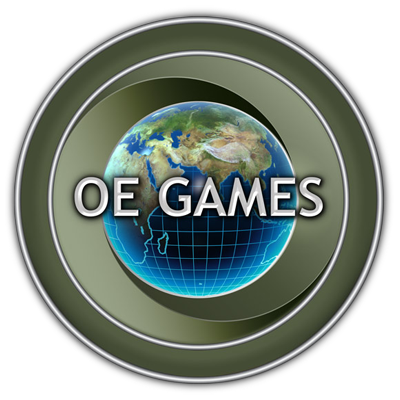
MILITARY EQUIPMENT IDENTIFICATION GAMES
THREAT MINUTES
Short-form videos that introduce foundational information and concepts about the Threat and the Doctrinal Opposing Force, focusing on foundational information on the training OPFOR. Explore the entire Threat Minutes series on YouTube to include collections on China, Russia, OPFOR, and OE Conditions.
Tools & Courses:

Information
Operations Network
Learn about opfor units:
The Army has numerous Active Duty professional OPFOR units at Combat Training Centers (CTC) and other locations, such as the Ranger Training Brigade; there are also professional OPFOR Training Programs that convert MTOE units into formidable OPFOR sparring partners.
DISCOVER MORE:
OE-OPFOR PROGRAM UPDATES
ATP 7-100.1, Russian Tactics: Strike and Fires
Threat Tactics Course Class Instructions
ATP 7-100.1, Russian Tactics: Strike and Fires
Threat Tactics Course Class Instructions
SIGNIFICANCE OF THE OPFOR LOGO
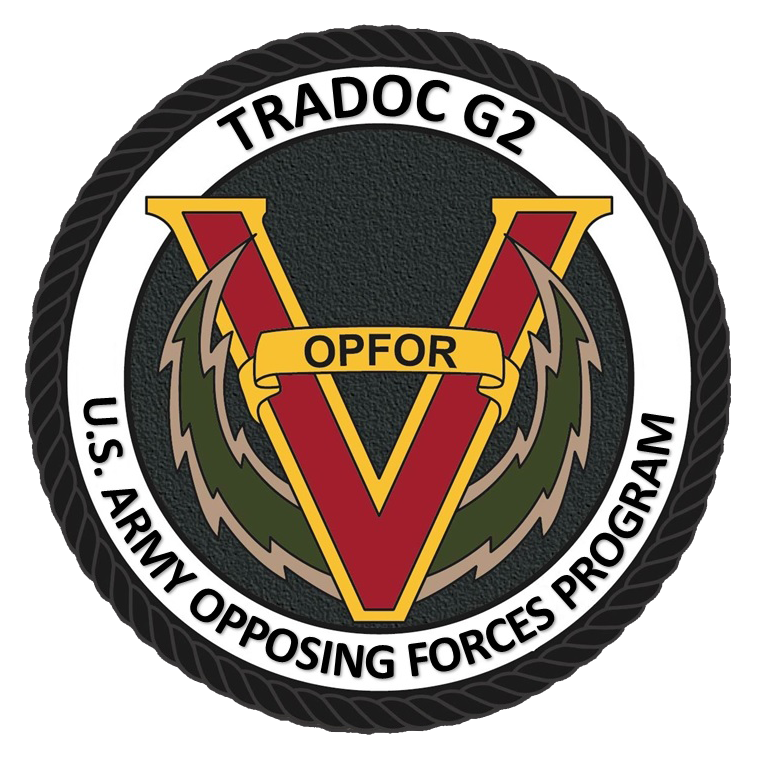
The “V” symbolizes both the real-world historic victories achieved by Army units currently serving as the professional OPFOR, as well as the 95%+ rate of rotational training victories at combat training centers. The wreath recognizes the combat experience gained through operational deployments by OPFOR units. The color Red is the default designation for an enemy or threat, whereas the colors “Black, OD Green, and Tan” reflect the primary colors of OPFOR uniforms (NTC = Tan, JMRC = Black, and JRTC/JPMRC – OD Green)
ENGAGE WITH THE OE-OPFOR PROGRAM

